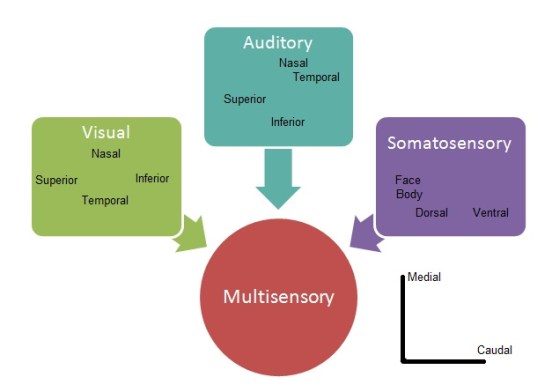Main Difference – Autism vs Sensory Processing Disorder (SPD)
Both Autism and Sensory Processing Disorder (SPD) are complex disorders related to brain development; they make a negative impact on how the brain perceives and responds to external and internal stimuli. However, many people, including most health care professionals find it bit confusing to differentiate SPD from Autism since they appear very similar to each other at a glance. The subtle difference between Autism and Sensory Processing Disorder can only be noted on careful observations. Sensory Processing Disorder or SPD is a condition where multisensory integration is not adequately processed to provide appropriate responses to the demands of the environment. Autism is characterized by impaired social interaction, verbal and non-verbal communication, and restricted and repetitive behavior. This is the main difference between autism and sensory processing disorder.
This article presents,
1. What is Autism – Condition, Signs and Symptoms
2. What is Sensory Processing Disorder – Condition, Etiology, Signs and Symptoms
3. Comparison and Key Differences Between Autism and Sensory Processing Disorder (SPD)

What is Autism
Autism is a neurodevelopmental disorder which is characterized by variable intensities of difficulty in handling verbal or nonverbal communication, repetitive behaviors and poor social interactions as a result of the inability to understand various incoming stimuli.
Other prominent features of autism include atypical eating, repetitive hand flapping and head rolling movements, showing resistance to change (sameness), restricted behavioral patterns, acts of self-harm such as eye poking, skin picking, and head banging.
Affected children usually show autistic features during the first two years of life. These features get more obvious with time and become highly apparent around the age of three years. These obvious signs which should be paid special attention to include, absence of babbling by 12 months, absence of pointing and waving by 12 months (gestures), absence of uttering single words by 16 months, absence of saying two-word phrases by 24 months, unusual nature of language usage and loss of social interactive skills at any age.

What is Sensory Processing Disorder
SPD, also known as Sensory Integration Dysfunction, is a neurodevelopment disorder, which occurs when multisensory integration and handling various responses to variable stimuli from the environment are delayed or not coordinated in an effective manner. In simpler terms, affected children find it hard to do effective motor functions in response to different stimuli.
As far as the etiology of SPD is concerned, genetic and environmental factors are known to be playing a major role. Psychological problems like depression and low self-esteem are also responsible up to a certain extent.
Affected individuals may experience several issues related to sensations of taste, touch, smell, vibration, proprioception, and hearing. In fact, this disorder is specifically characterized by difficulty in responding to stimuli received both internally and externally, along with the inability to perform one or more main areas of life productively including leisure, entertainment and activities of day to day life.
Depending on the severity of the condition, various individuals may show various degrees of symptoms and signs, which are quite notable if observed well. For example, there are people who find certain materials of fabric very itchy (tactile issues), developing motion sickness while traveling (vestibular apparatus), and difficulty in holding a pencil on writing (proprioception).
SPD is usually treated with a combination of occupational and sensory integration therapy in a customized, entertaining environment. With a few sessions of effective therapy, the child will develop an intrinsic ability to face sensory challenges and respond with suitable motor responses.
Difference Between Autism and Sensory Processing Disorder (SPD)
Signs and Symptoms
Autism is generally characterized by three main important components: impaired communication skills, social interactions, and repetitive behavioral patterns. At least one of these features is mandatory for a diagnosis of Autism to be made.
Sensory Processing Disorder is characterized by several sensory issues; the affected children find it difficult to give out motor responses related to internal or external stimuli.
Additional Features
Autism is characterized by several significant signs and symptoms in addition to obvious sensory features.
Sensory Processing Disorder mainly deals with sensory issues.
Image Courtesy:
“Autistic-sweetiepie-boy-with-ducksinarow” -The original uploader was Andwhatsnext at English Wikipedia – Transferred from en.wikipedia to Commons. (CC BY-SA 3.0) via Commons Wikimedia
“Multisensory” By Guptakhy – I made this diagram with the help of the knowledge interpreted from the passages read on Multimodal Perception (CC BY-SA 3.0) via Commons Wikimedia
